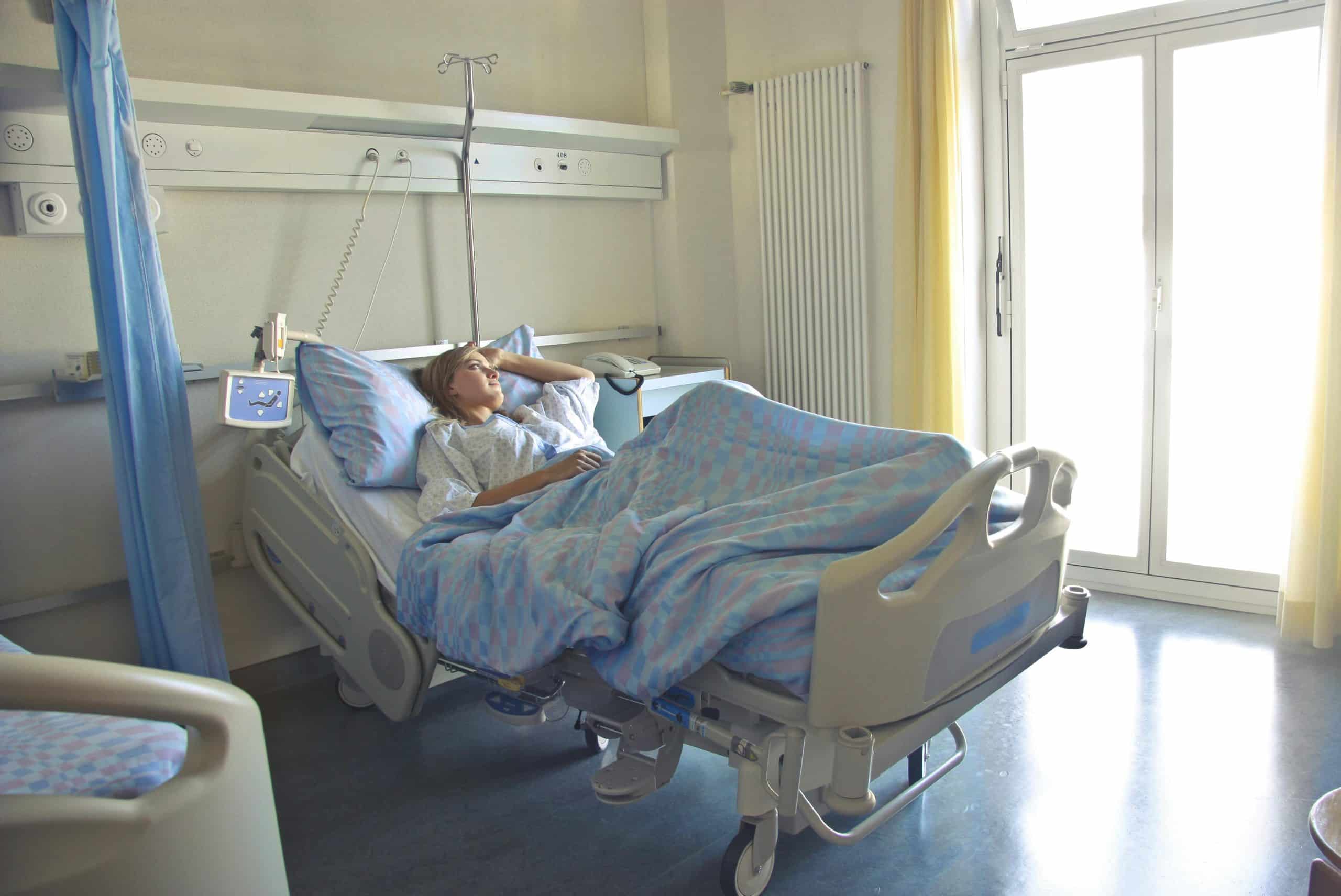What Are the Best Approaches to Reduce Needle Phobia in Pediatric Patients?

It’s a common scene: a child in a doctor’s office, cringing, crying, or outright hiding at the sight of a needle. Needle phobia in pediatric patients is a serious issue that can make regular medical procedures a stress-filled event for children and their caregivers. Not only is it distressing for all involved, but it can also have a significant impact on the child’s future health and well-being. A consistent fear of needles can lead to an avoidance of medical care, contributing to a cycle of poor health and anxiety. However, there are several strategies and interventions that can help alleviate this fear in children and make their medical experiences less traumatic.
Understanding Needle Phobia
Before diving into solutions, it’s essential to understand what we’re dealing with. Needle phobia, known medically as trypanophobia, is more than a simple fear. It’s a deep-seated phobia that can trigger intense distress and anxiety in people, especially in children who may not fully comprehend the need for needles in medical care.
Lire également : How Does Participation in Competitive eSports Affect Adolescent Social Skills Development?
Phobias often stem from traumatic experiences or associations. In the case of needle phobia, it’s usually linked to a painful or distressing experience involving needles. However, some children may acquire this fear from witnessing others’ distress or hearing horror stories about needles.
Addressing the Fear Directly
Addressing the fear directly might seem counterintuitive, but openness and honesty can significantly help children dealing with needle phobia. Explaining the procedure in a child-friendly way, reassuring them about the purpose of the needle and the care they’re receiving can demystify the process and reduce anxiety.
Sujet a lire : Can Intentional Daylight Exposure Help Regulate Circadian Rhythms in Night Shift Workers?
Encourage the child to express their fears and anxieties, and listen to them without judgment. A validating response that acknowledges their fears can be comforting. For example, you can say, "I understand why you might be scared, but the needle is a very small part of the process and it helps keep you healthy."
Implementing Distraction Techniques
Distraction is a powerful tool in managing needle phobia in children. Distraction techniques can range from simple to complex, depending on the child’s age, developmental level, and personal interests.
Simple distractions can include things like blowing bubbles, watching a favorite cartoon, or playing a game on a tablet. More complex distractions could involve deeper engagement, like a virtual reality experience or interactive app specifically designed for medical procedures.
It’s also beneficial to involve the child in the distraction planning. By giving them the power to choose, it can further help reduce their anxiety and increase their sense of control during the procedure.
Employing Behavioral Interventions
Behavioral interventions are another effective way to manage needle phobia. These strategies aim to change the child’s response to needles through conditioning and positive reinforcement.
For instance, a child could be gradually exposed to needles and the procedure in a non-threatening way, known as systematic desensitization. The child might start by looking at pictures of needles, then holding a syringe without a needle, and gradually moving on to the actual procedure.
Positive reinforcement can also be effective, rewarding the child for each step they take in overcoming their phobia. This could be as simple as a sticker, a special treat, or a special activity after the procedure.
Integrating Mind-Body Techniques
With the rise of integrative health approaches, mind-body techniques like deep breathing, guided imagery, and mindfulness have been increasingly recognized for their effectiveness in reducing pain and anxiety in pediatric patients.
Deep breathing exercises can help relax the body and reduce the perception of pain. Guided imagery involves the child imagining a calming or enjoyable experience, which can distract them from the procedure and reduce their fear.
Mindfulness encourages the child to focus on the present moment instead of anticipating the pain. It can be taught through simple exercises like paying attention to their breath, the sounds around them, or feeling a soft object in their hands.
Remember, the strategies mentioned are not one-size-fits-all solutions; they should be tailored to the individual child’s needs and fears. The key is to create a supportive, caring environment that acknowledges their fear and provides them with tools to manage it.
Tailoring Psychological Interventions
It’s crucial to understand the efficacy of psychological interventions in managing needle phobia among pediatric patients. Cognitive-behavioral therapy (CBT), exposure therapy, and other mental health practices play an instrumental role in this context.
CBT involves modifying the child’s thought processes and reactions to fear-inducing stimuli, in this case, needles. It helps the child understand their irrational fear and provides them with coping mechanisms. This psychological intervention focuses on empowering the child to handle their needle fear effectively.
Exposure therapy, a specific type of CBT, gradually exposes the child to the fear-inducing object (needle) or situation (needle procedure) in a safe and controlled environment. This therapy involves various stages, starting from least to most frightening. For instance, the child might begin by talking about needles, progressing to looking at a needle, touching one, watching a needle procedure on a doll, and finally undergoing a needle procedure themselves.
These therapies should always be implemented under the guidance of trained health care professionals. They require patience and consistency; a rushed approach might backfire and increase the child’s fear. In addition, a mental health professional might be needed for children with intense needle phobia.
Role of the Family in Overcoming Needle Phobia
The family plays a pivotal role in helping a child overcome needle phobia. Parents and caregivers should be educated on how to prepare the child for medical procedures involving needles. This might include explaining the procedure to the child, using distraction techniques, and providing reassurance and comfort.
Parents should also be conscious of their own behavior and reactions. Children often pick up cues from their parents. If a parent shows distress during the child’s needle procedure, the child is likely to mirror that anxiety. As such, parents should strive to remain calm and supportive during these procedures.
It’s also beneficial for parents to reinforce positive behavior. If the child manages to remain calm during a procedure, they should be praised and rewarded.
Conclusion
Needle Phobia in children and adolescents is a significant concern that warrants effective strategies for its management. Successful interventions involve a multifaceted approach, including direct addressal of the fear, distraction techniques, behavioral interventions, mind-body techniques, psychological interventions, and crucially, family involvement.
The key lies in understanding that every child is unique, and what works for one might not work for another. Therefore, strategies need to be customized to suit the child’s level of fear, age, understanding, and personal preferences.
Remember, the ultimate goal is not just about getting the child through the needle procedure. It’s about equipping them with the tools they need to manage their fear, not just now, but in the future too. This is fundamental to ensuring that needle phobia doesn’t impede their access to necessary health care as they grow.
By incorporating these strategies, we can hope to reduce the distress children experience during medical procedures, making these experiences less traumatic and more manageable for both the child and their caregivers.
